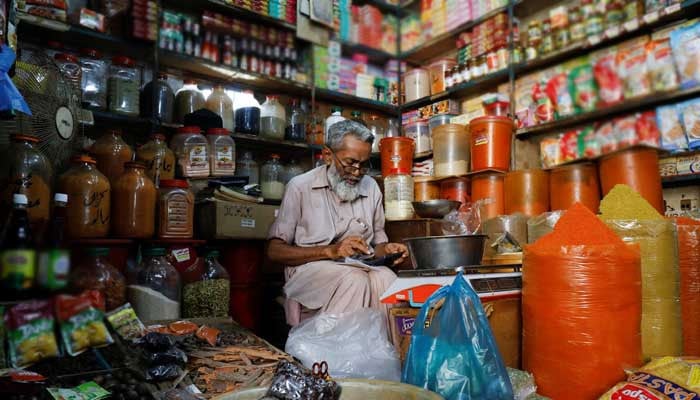In nations like Pakistan, the middle class has all but vanished due to a variety of factors, including a dearth of employment prospects in economies plagued by inflation, constant price increases, and financial crises.
This crisis was partly caused by the COVID-19 pandemic; during the early stages of the pandemic, when total lockdowns were reported worldwide, economies suffered greatly as a result of obstacles, volatility, and interruptions in international supply networks.
The middle class has been steadily declining due to a number of different issues. High-value IT-supported technology revolutions have replaced traditional middle-class income streams. In the upcoming days, weeks, and months, artificial intelligence (AI) is expected to further reinforce the digital revolution.
In any culture, the middle class is the backbone of the economy since members of this class strive to move up the social ladder. The middle class in Pakistan makes between Rs 600,000 and Rs 1,500,000 a year. However, as these individuals’ earning opportunities decline, Pakistan’s middle class is contracting or even disappearing. This is not good news.
Economically speaking, the middle class is a progressive class since it guarantees and increases economic growth via its unwavering laborious efforts to improve the state of the economy. Their ultimate objective or dream is to join the upper echelons of society, thus they are naturally hardworking and always want to acquire more money to do so.
What makes up Pakistan’s middle class is a crucial question. The middle class is estimated using five factors, which include, but are not limited to, housing, income, occupation, lifestyle, and access to education. Pakistan’s middle class is severely impacted by high unemployment, inflation, and joblessness as well as a collapsing and indebted economy.
According to some estimates, Pakistan’s once-vibrant middle class, which made up around 35% of the country’s population, has all but vanished in the past four years due to a variety of circumstances, most notably the consequences of COVID-19, which have caused high inflation and slowed down the country’s economy.
Due to a variety of factors, the investment climate is also severely impacted, with essentially no investment entering the nation.This is caused by a number of things, such as rising interest rates, declining law and order, security concerns, and unstable political environments, among others.
The well-known “economic hit man theory” appears to be relevant in this case, negatively impacting Pakistani citizens. Inflation in the economy is being fueled by the ever-increasing tariffs imposed on the economy by all of the loan programs from foreign financial organizations.
To repay past bills and the interest owed on them, we are taking out loans. We are ensnared in a debt-based vicious cycle. The middle class is being negatively impacted by the strict requirements associated with these credit programs.
The self-sustaining paradigm of economic growth, which increased exports and production capacity while creating jobs through industrialization and investment, should have been funded by external loans.
The lives of Pakistan’s common people are becoming increasingly difficult due to rising energy costs and soaring gas and electricity bills. The Consumer Price Index (CPI) shows that food inflation, in particular, is at its highest point and is currently between 40% and 50% of GDP, which pushes middle-class individuals below the poverty line.
Because jobs are becoming harder to find in this high-tech, economically transformative world, earning potential is decreasing as a result of the economy’s contraction.
This is a novel phenomena, since we are witnessing the rise of a new, small middle class of people who use platforms and apps powered by AI to make money; quite honestly, they are an economic hope.
Due to the inability to invest at such high interest rates, Pakistan’s high interest rate policy to combat inflation is further driving people into poverty. Furthermore, the middle class is gradually being undermined by the lack of investment in the nation brought about by such poor economic choices.
Since a large portion of our imports are foreign gas and oil, cost-push and imported inflation account for the majority of inflation in Pakistan. There is a misperception among decision-makers regarding the exchange rate’s ability to manage inflation.







